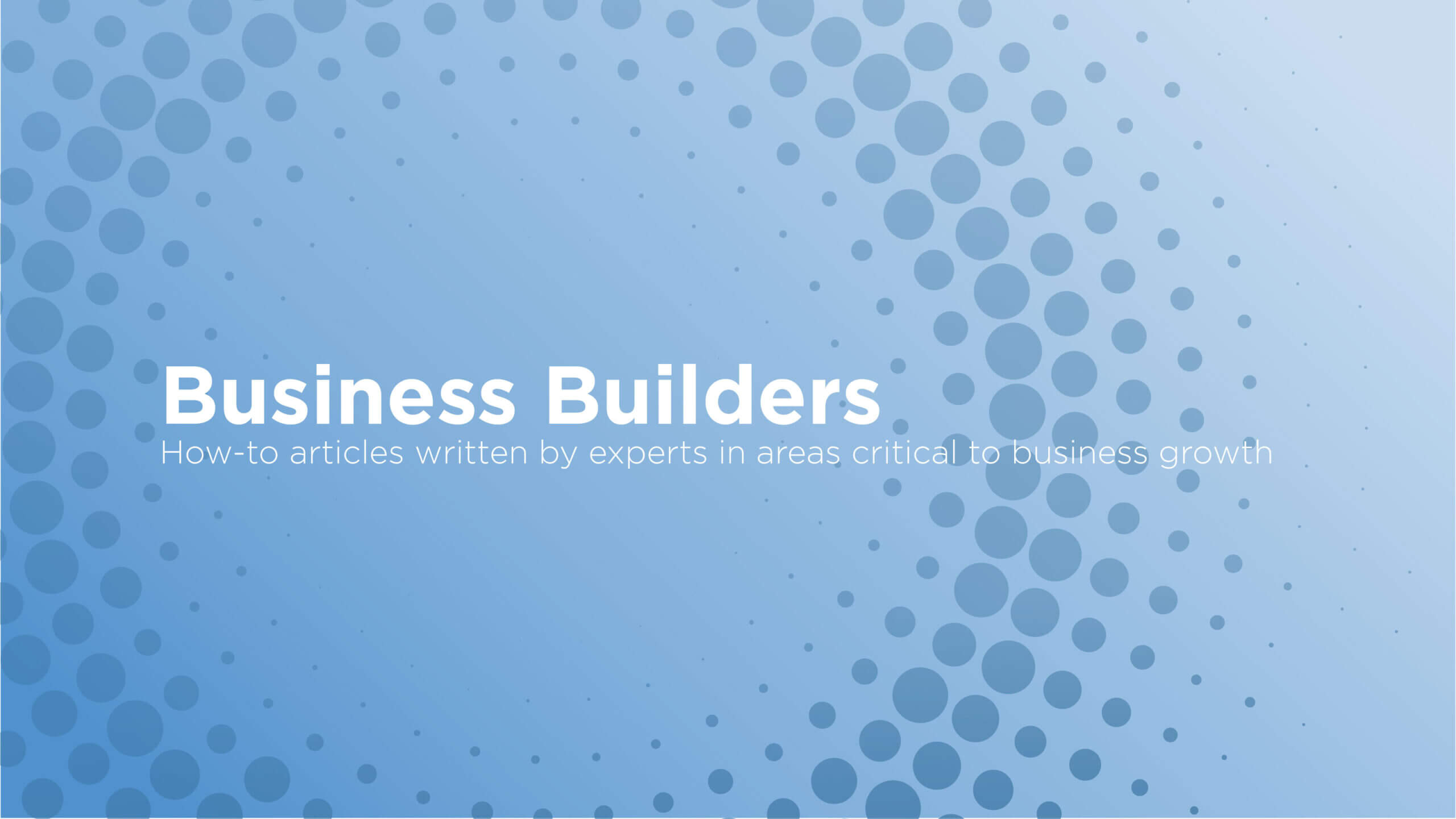FOR FANS OF CLASSIC MOVIES, there’s a great final scene from “Butch Cassidy & the Sundance Kid” where the Peruvian army is bearing down on the named protagonists. Pinned down, Paul Newman (Butch) turns to Robert Redford (Sundance) to ask if he’s seen the lawman, Joe Lefors, that’s been chasing them. Sundance responds, “Lefors? No why?” And, in one of the classic closing movie lines, Butch responds, “Oh, good. For a moment there I thought we were in trouble.”
The line is brilliant on so many levels, not the least of which being the pair assumes they will emerge victorious in yet another battle with no real notion of the far greater danger that awaits them.
The line resonates and is relevant today because it’s a symbolic way to think about well-established businesses in an era of continuous change where shifting consumer demand creates risk for companies.
Look no further than some of the largest consumer packaged goods companies that have tumbled in recent years as consumer preference for healthy foods has changed and the advantage has swung toward masses of upstart brands.
It’s more important than ever for businesses of all sizes to anticipate what’s around the corner and stay ahead of continuous change. From our work with clients, ranging from Fortune 500 companies to some of the fastest growing businesses in America, we’ve observed key ways that these organizations meet changing consumer demand.
Here are three things small businesses can do as well, if not better, than larger enterprises:
Gather customer feedback
Gathering customer feedback is a key way for businesses to understand the resonance of their products and brand with customers to avoid stagnation. One of the main ways companies gather this information in a qualitative fashion is through the Net Promoter Score (NPS). As an example, Apple’s retail business places a significant emphasis on NPS to measure the performance of its stores.
If a business operates brick-and-mortar stores, another metric that can help management teams understand customer reception is foot traffic to the store combined with some measure of digital engagement, such as traffic to the website within some sort of radius of the store. The purpose of this data is gathering a holistic understanding of whether the business is trending up or down in terms of engagement, because customers provide silent feedback by how they vote with their time.
On the qualitative side, management teams that gather qualitative customer feedback — be it through what customer-facing employees have heard or through a customer advisory council — can sharpen their product offerings or unearth new opportunities to solve customer pain-points.
Glossier, a fast-growing e-commerce company, has a dedicated Slack channel for everyone in the company to view customer feedback that comes in via NPS survey as well as a channel consisting of several hundred of its best customers so they can provide feedback on new ideas.
In sum, gathering quantitative customer feedback helps management teams understand where business is trending while qualitative feedback helps provide richer insights and new opportunities.
Understand the competitive market
Another way for small businesses to understand shifts in consumer demand is monitoring the competitive landscape on a regular basis. Often companies do this to understand “best practices” or what to copy and be a fast follower. However, what we have seen successful companies do is use competitive intelligence information to their advantage by monitoring the broader market landscape and stitching together the data points to identify macro shifts to pursue new opportunities.
As an example, if a grocery store notices several competitors offering home delivery of groceries in the local area it’s helpful to monitor and gauge whether their own customers find value in that offering.
By gathering customer feedback or knowing customer pain-points (see above), the grocer can decide on whether this strategy makes sense for them or whether it presents an opportunity to offer a different type of experience for customers that choose to come into the store. For example, this might lead to expanding a sampling program to introduce new brands to customers or a curbside pickup, so customers don’t have to take all their groceries to the car.
Knowing the competitive landscape — along with gathering regular customer feedback — allows management teams to make more informed decisions that pertain to unique value for customers.
Test new offerings
When a business compiles regular customer feedback and understands the competitive landscape, it is then able to identify new ways to create value for its customers. A great way for businesses to test new offerings in an inexpensive manner and then compile the subsequent customer feedback is launching minimum viable products (MVPs).
This allows companies to test the market reception before investing significant resources to minimize risk if the offering falls flat. This approach is not designed to be a “spray and pray” approach with little thought in the concept but rather to gather customer feedback earlier in the development cycle to make more informed decisions.
As an example, restaurants often take this approach with specials to gauge customer reception, refine, and then integrate into the main menu. Because some mature brands view this approach as a risk to their brand if an MVP does not meet customer standards, such a perception and their longer innovation cycles provide small businesses with a competitive advantage to be ahead of the market.
Identifying ways to meet new customer needs and test offerings via MVPs is a great way to continue to grow the business and further cement the customer’s affinity.
These are just a few of the ways small businesses can build and maintain a system to stay ahead of changing consumer demand.
Through dedicated work, management teams can, unlike Butch Cassidy and the Sundance Kid, know what’s around the corner by finding new opportunities to meet their customer’s changing preferences.





